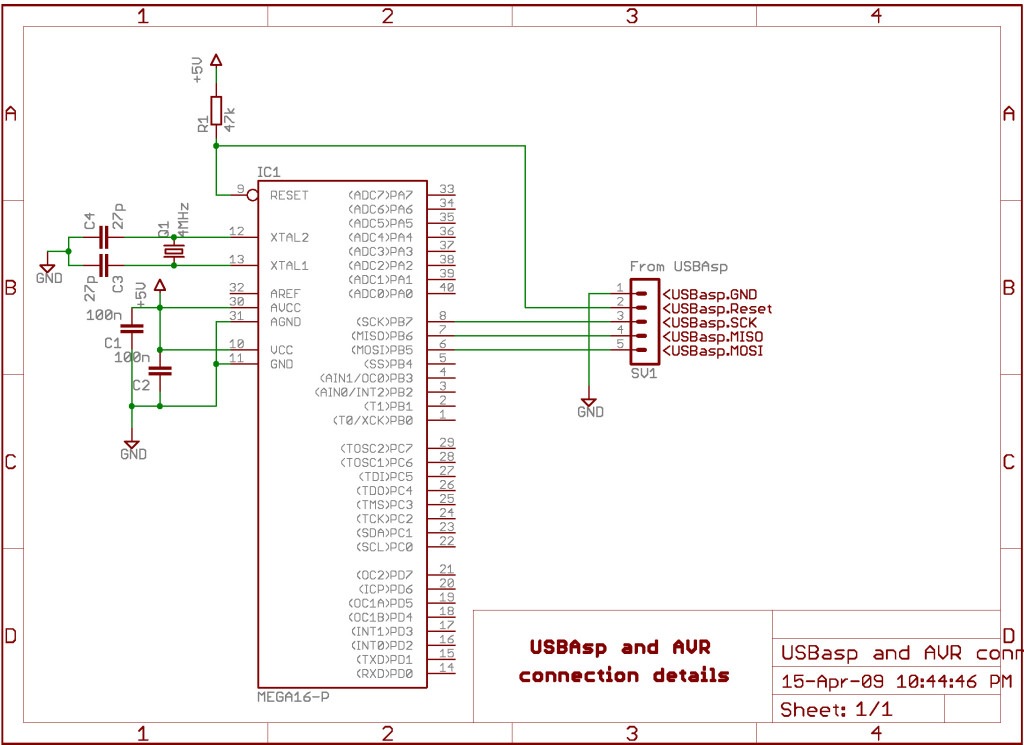I just got an Atmega32A chip and I've been trying to program it with a usbasp for quite a few hours. I can change the fuses and write the program, but verification fails.
I'm getting this message after verification:
avrdude -c usbasp -p m32 -u -U flash:w:first.hex
verification error first mismatch at byte 0x0000
0x0c != 0x00
I'm connecting according to this diagram here:

The chip can be erased and fuses can be changed, my only problem is with the verification. The program seems to be written to memory but my LEDs aren't blinking.
Could this be a problem with my connections? Can anyone point me to a better programming schematic?
